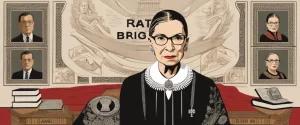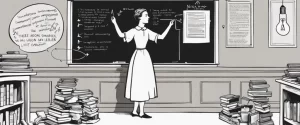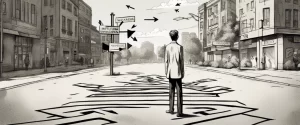——Rites of Spring by Modris Eksteins & The First World War by Michael Eliot Howard
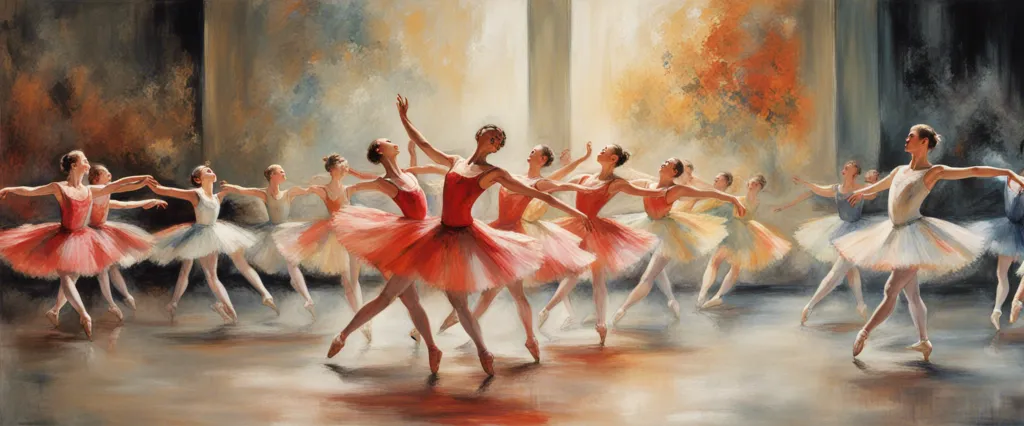
In the realm of historical literature, few events have shaped the course of the 20th century as profoundly as the cataclysmic events of the First World War. Born out of the ashes of empires, this devastating conflict forever altered the trajectory of nations, while ushering in a new era of uncertainty and disillusionment. Interpreting the multifaceted dimensions of this unprecedented war, two seminal works emerge as prominent forces in the exploration of its impact on society, culture, and human consciousness. Modris Eksteins’ “Rites of Spring” and Michael Eliot Howard’s “The First World War” both endeavor to unlock the enigmatic essence of this transformative moment in history. By juxtaposing their unique perspectives, analyzing their methodologies, and assessing their contributions, this comparative study aims to illuminate the ways in which these texts complement and diverge from one another, ultimately shedding new light on the formidable depths of the Great War.
Brief Summary of Two Books
Rites of Spring by Modris Eksteins
“Rites of Spring: The Great War and the Birth of the Modern Age” by Modris Eksteins is a non-fiction book that explores the connection between the outbreak of World War I and the cultural and artistic revolutions that emerged in the early 20th century.
Eksteins argues that the impact of the war was not limited to political and military spheres but also influenced profound changes in art, music, literature, and the collective consciousness of society. The author focuses on three main themes: the rise of modernism and its rejection of traditional values, the attraction to violence and death as expressed through war and dance, and the cultural obsession with youth and perpetual renewal.
The book delves into the cultural climate of Europe before the war, highlighting how the pre-war society, with its rigid hierarchies and social structures, created a sense of unease and a desire for change. Eksteins explores various aspects of culture during the time, including the development of modernist movements such as Expressionism and Futurism, the explosion of artistic experimentation, and the rise of mass culture.
Additionally, Eksteins examines the significance of the Parisian Ballets Russes, led by Sergei Diaghilev, and their innovative productions that challenged traditional dance forms. He also explores the seductive appeal of war and the idea of death as a transformative force, both in terms of the actual combat experience and the artistic representation of violence and destruction.
Throughout the book, Eksteins emphasizes the symbolism of spring as a metaphor for the birth of a new era and the destruction of the old. He argues that the trauma and disillusionment caused by World War I led to a fundamental shift in Western society, fueling a longing for a new beginning and a utopian quest for something different and better.
“Rites of Spring” offers a thought-provoking analysis of the intertwining of culture, war, and the birth of modernity. By examining the cultural forces at play during the early 20th century, the book provides a unique perspective on the transformative impact of the Great War and its enduring influence on the artistic and intellectual movements that followed.
The First World War by Michael Eliot Howard
“The First World War” written by Michael Eliot Howard, provides a comprehensive overview of the causes, key events, and consequences of one of the deadliest conflicts in human history. The book delves into the backdrop of the war, exploring the tensions and rivalries between European powers, the rise of nationalism, and the complex web of alliances that ultimately led to the outbreak of war in 1914.
Howard meticulously analyzes the military strategies and tactics employed by the major powers, highlighting the devastating impact of new technologies such as barbed wire, machine guns, and poison gas. He also examines the experiences of soldiers on the front lines, offering powerful personal accounts that shed light on the physical and mental toll of warfare.
The author explores the political and social ramifications of the war, including its effect on politics, economics, and societal norms. Howard discusses the emergence of new political ideologies, such as communism and fascism, which arose as a response to the disarray and disillusionment caused by the conflict. Additionally, he examines how the war sparked social and cultural changes, particularly the evolving roles of women and the increased demand for social justice.
Furthermore, Howard delves into the impact of the First World War on the geostrategic landscape. He explores the dismantling of empires, the redrawing of borders, and the subsequent rise of new nations. The book also delves into the Paris Peace Conference and the Treaty of Versailles, scrutinizing the treaty’s consequences and the seeds it sowed for future conflicts.
Overall, “The First World War” by Michael Eliot Howard provides a comprehensive and in-depth study of the war, exploring its multifaceted causes, its brutal military campaigns, and its far-reaching consequences. It offers readers a deeper understanding of the complexities of this pivotal historical event that shaped the world in the 20th century.
Comparison between Two Books
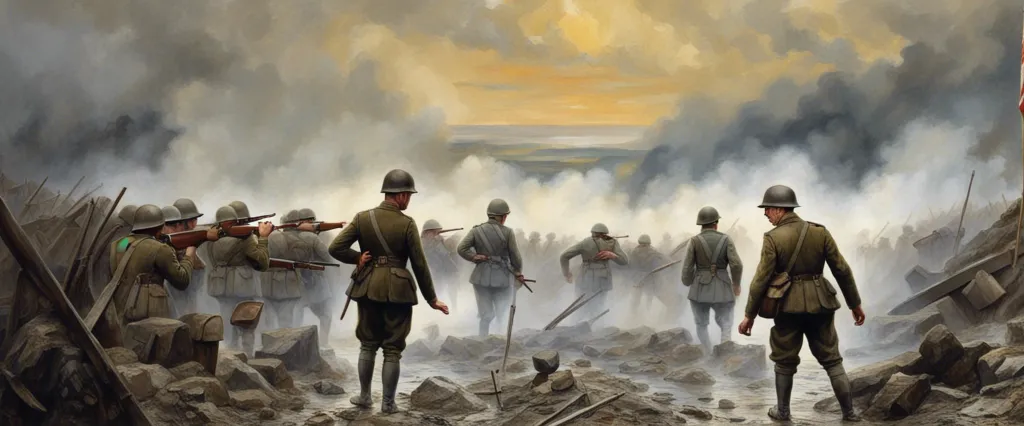
Similarities in History of Wars
Both “Rites of Spring” by Modris Eksteins and “The First World War” by Michael Eliot Howard explore the history of wars and their impacts on society. Here are the similarities between the two books’ examination of the history of wars:
1. Societal tension and cultural ferment: Both books emphasize the role of wars in generating societal tension and cultural ferment. Eksteins argues that the outbreak of World War I served as a catalyst for the broader cultural upheaval of the early 20th century, giving rise to a new, modern sensibility. Similarly, Howard highlights how the magnitude and intensity of the First World War dramatically transformed society, reshaping political and social dynamics.
2. The disillusionment of the post-war period: Both books delve into the disillusionment and loss of faith in established systems that followed the wars. Eksteins explores how the trauma of World War I shattered the traditional narratives and values that had underpinned European society, leading to a deep sense of disillusionment. Howard similarly highlights the profound impact of the war on political institutions, as well as its role in exposing the limits of technological progress and military strategies.
3. The profound human cost: Both authors address the tragic human cost of wars. Eksteins delves into the toll of World War I on the individual, describing the psychological and physical trauma experienced by soldiers and civilians alike. Howard provides a comprehensive account of the casualties and suffering endured during the First World War, emphasizing the staggering loss of life and long-term societal repercussions.
4. The transformation of warfare: Both books explore how wars have influenced the evolution of military strategies and technologies. Eksteins argues that World War I ignited a revolution in warfare, with the introduction of new technologies such as machine guns, tanks, and chemical weapons, fundamentally altering the nature of conflict. Howard similarly examines the operational and technological advancements that emerged during the First World War, including the introduction of trench warfare and the use of aircraft.
Ultimately, both “Rites of Spring” and “The First World War” provide insightful perspectives on the history of wars and their profound impact on society. They share a focus on the societal and cultural consequences of these conflicts, as well as the tragic human cost and transformative effects on military strategies and technologies.
Divergences in History of Wars
Rites of Spring by Modris Eksteins and The First World War by Michael Eliot Howard are both significant works that examine the impact of the First World War from different perspectives. While both books delve into the history of the war, they diverge in their approaches and focus.
Eksteins’ Rites of Spring explores the connections between the First World War and the cultural shifts of the period, particularly through the lens of art and dance. He argues that the war served as a catalyst for radical changes in society, leading to the emergence of modernism and a new way of perceiving the world. Eksteins pays attention to the disillusionment and despair that followed the war, and how these feelings were mirrored in the avant-garde artistic movements of the time.
On the other hand, Michael Eliot Howard’s The First World War takes a more traditional historical approach. Howard provides a comprehensive overview of the war, examining its causes, major battles, and consequences. He delves into the political and military factors that contributed to the outbreak of the conflict and offers a detailed analysis of the war’s impact on Europe and the world.
The divergence between these two books lies in their emphasis and focus. Rites of Spring concentrates on the broader societal and cultural changes that accompanied the war, exploring how it reshaped art, music, and literature. This approach enables Eksteins to provide a unique perspective on the war and its aftermath, offering insights into the broader impact beyond the battlefield. The First World War, however, focuses primarily on the military and political dimensions of the conflict. Howard’s work delves into the strategies, tactics, and key figures, providing a more traditional understanding of the war’s progression and outcomes.
In summary, Rites of Spring by Modris Eksteins and The First World War by Michael Eliot Howard offer different perspectives on the history of the First World War. While Eksteins emphasizes the cultural and societal changes that accompanied the war, Howard provides a more traditional account of the military and political aspects. Yet, both books contribute to a deeper understanding of the complexities and consequences of this significant historical event.
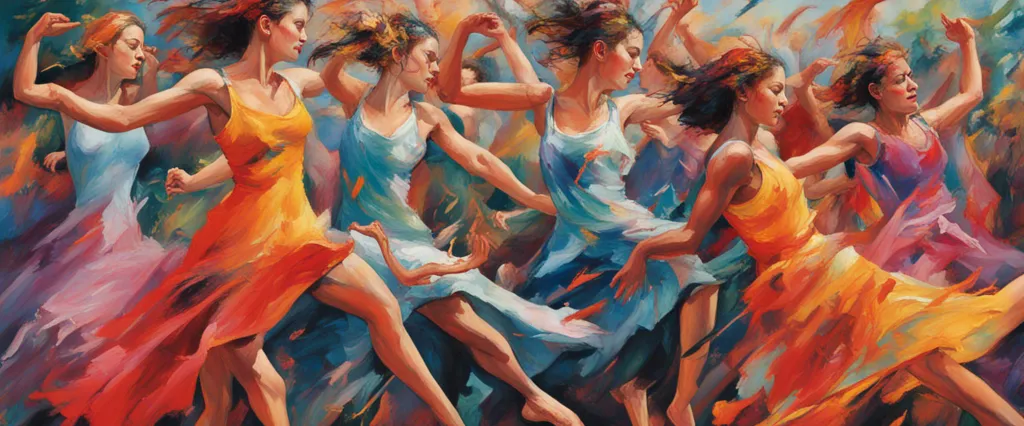
Conclusion
It is subjective and dependent on personal preferences as both books offer distinct perspectives on the topic of the First World War. To make a decision, consider the following points:
1. Writing Style: Modris Eksteins’ “Rites of Spring” is known for its lyrical and innovative style, blending cultural and historical analysis with artistic and sociological perspectives. On the other hand, Michael Eliot Howard’s “The First World War” is more traditionally written, focusing on historical facts and events. If you prefer a more unique and artistic writing style, “Rites of Spring” might be a better choice.
2. Scope and Perspective: “The First World War” by Michael Eliot Howard provides a comprehensive overview of the war, its causes, major events, and consequences. It offers a more objective and general narrative, discussing the broader historical context. On the other hand, “Rites of Spring” by Modris Eksteins focuses on the impact of the war on culture, particularly the birth of artistic modernism. If you’re interested in exploring the cultural and artistic aspects of the war, “Rites of Spring” would be a suitable choice.
3. Analysis and Interpretation: Modris Eksteins’ “Rites of Spring” offers a unique interpretation of the war, discussing how the confluence of war, revolution, and modernism changed societal perceptions and values. It delves into the psychological, cultural, and sociological effects of the war. On the other hand, Michael Eliot Howard’s “The First World War” provides a more traditional analysis of the conflict, focusing on military strategy, political maneuverings, and historical repercussions. Consider which approach appeals to you more.
Ultimately, both books have their own merits, and the choice depends on your interests and preferred reading style. If you’re more drawn to a lyrical and artistic exploration of the war’s cultural impact, “Rites of Spring” may be the better choice. However, if you prefer a comprehensive historical analysis, “The First World War” is likely the more suitable option.
